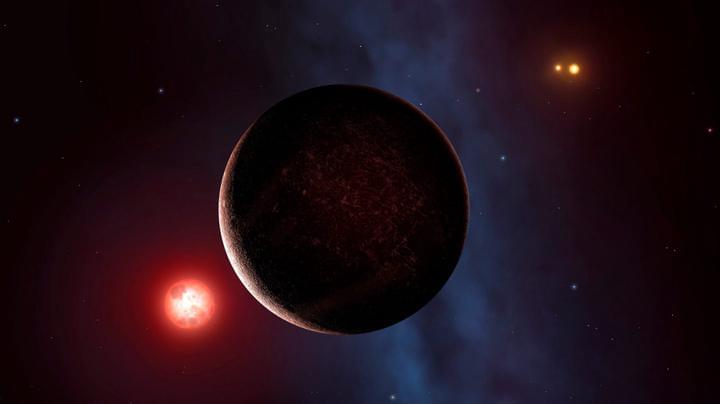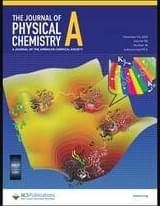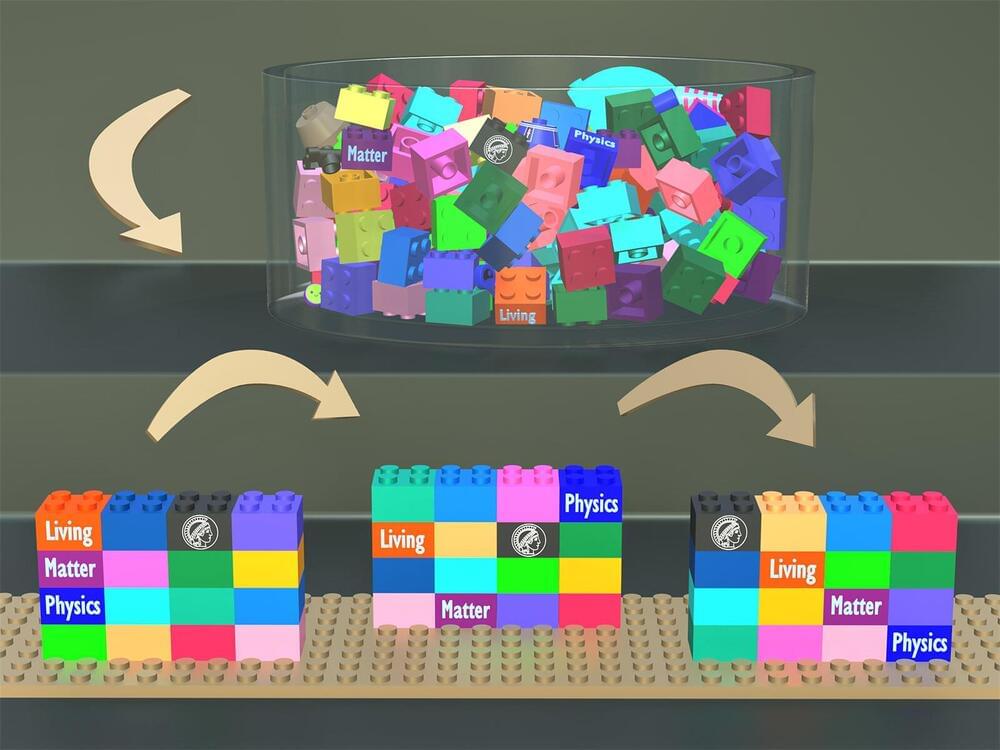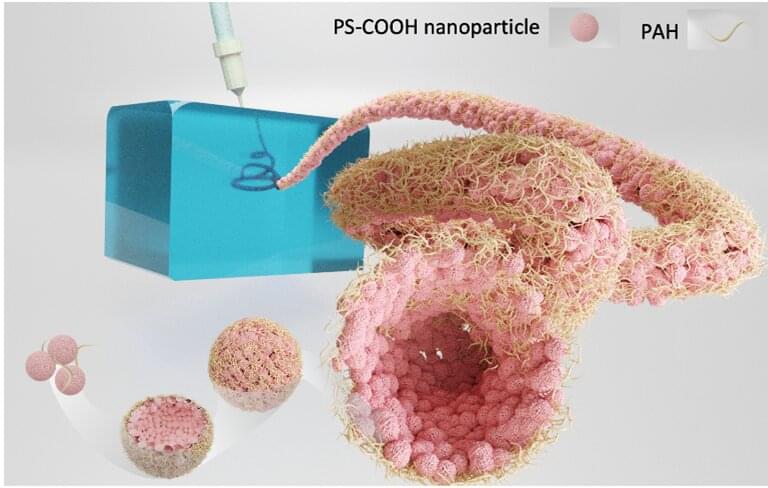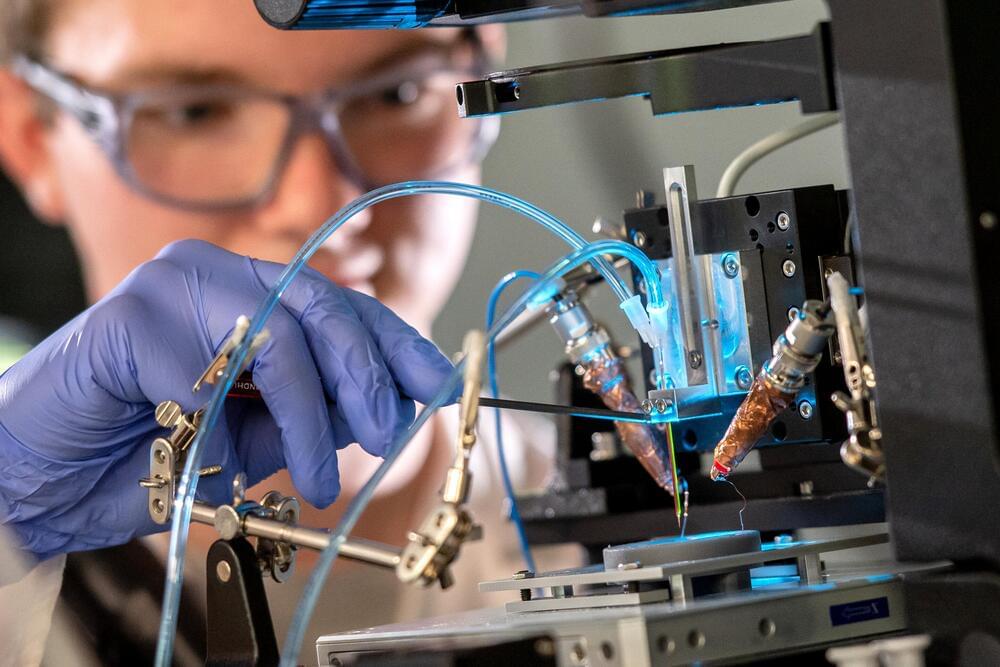Dec 18, 2022
Scientists may have discovered two water worlds
Posted by Paul Battista in category: space
Two planets that astronomers discovered on the Kepler mission may not be the rocky, Earth-like bodies that we originally believed. Instead, a new study suggests that they could be two water worlds, and that they are less dense than astronomers originally posited. What’s intriguing about these worlds is that they are believed to be somewhat similar to Europa, which is a rocky core encased in water and capped in ice.
